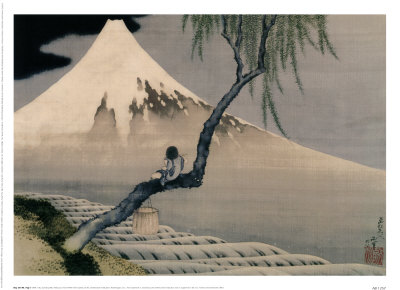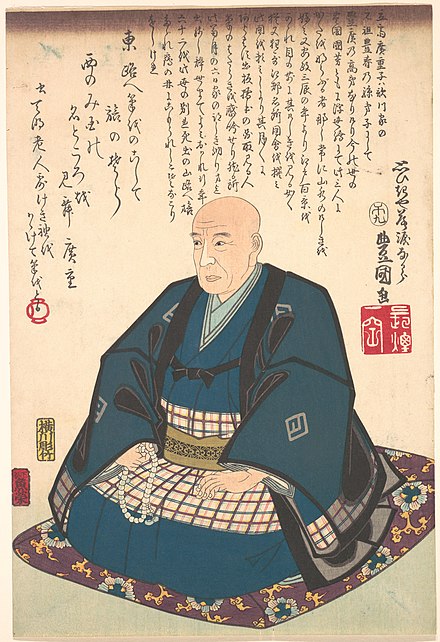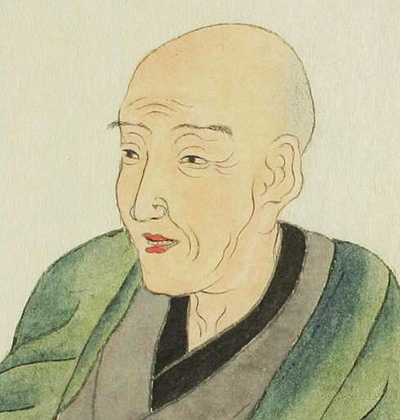Japanese Artists
Japanese Artists
Famous Japanese artists have come from a variety of different art movements, over many centuries. This website centres in on those of a more traditional style, though we will also touch on modern artists too.
Traditional Japanese artists have a recognisable style which appeals to many art fans all around the world. Their approach seems to suit contemporary homes perfectly and feels strangely modern, despite having come about several centuries ago. The colours and subtle detail used by the likes of Hiroshige bear clear similarities with Chinese art and these two countries have become popular for those who enjoy art that is slightly ethnic and contrasting to standard western art. The subjects used also appear to suit most tastes, often including nature and related topics. Exotic, stunning creatures are also frequently depicted by some of the more famous Japanese painters.
Painters have also captured key locations in Japan in their work, most famously Mount Fuji. This mountain appears frequently in the background of endless paintings from the 18th and 19th century. Since the likes of Hiroshige, Japan has entered modern art with great success. Creative ideas have flooded out of the country and helped it to remain at the forefront of international art. The most famous artists can be separated into different media as well as by century or era. Japanese artists have used interesting mediums which are unique to their country, before later inspiring others to use them elsewhere.
In more recent years there has been a widening of scope within Japanese art, as contemporary art draws in all manner of different ideas and techniques. We find a large number of cartoonist and related illustrators as well as others who prefer to keep in touch with the more traditional styles of the nation. Haruyo Morita, for example, produces stunning artworks which capture the original themes used by Hokusai and Hiroshige, but with a modern twist. Her use of colour also has helped to establish her as a major international name and there seems no shortage of interest in this style on a global level. Her feminine touches are also receiving a greater focus than would have been seen prior to the 20th century, as before that most societies would treat these types of influences unfairly, unless they had been delivered by men. The art world is certainly becoming fairer today, within most developed nations, and the true quality of the work itself is becoming the only concern, just as it should be.
Yayoi Kusama is another famous name who has recently been featured in major western art exhibitions, ensuring her status as an internationally recognised and respected artist. Her style is as unique as it is varied, creating worlds to explore which almost feel like movie-sets from fantasy dramas. Her work is clearly copyright to her own estate and so prints or posters of her work are harder to acquire and also more expensive. She is entirely contemporary and provides an extraordinary ability to re-invent herself, even after working as an artist for many decades. She has also attacked a wide number of disciplines, as is the way for more recent artists, where film and photography provide additional options to more traditional mediums such as painting, drawing and print making. She no doubt would have been brought up on the older methods of her own nation before then using some of these techniques alongside her own creative mind and other influences from modern society in order to forge an entirely new path.
Japan is also a nation with a deep history in the world of video gaming, largely thanks to their success with technology. Several major consoles have been built and developed here, as have many video games to boot. In recent years there has been a considerable improvement in the scope of these games, crossing over into other avenues of expression, particularly film. They are also able to handle more in terms of graphics, making it necessary to employ professionals in other disciplines to produce cutting edge games. Illustrators, film production and acting are now all a part of this industry, allowing Japanese creatives to fill all manner of different roles. These collaborative projects rarely produce individual names, however, and so we become more acquainted with the companies themselves who release the best games. In some cases, creative worlds are produced with little to do other than explore and for some this is a wonderful alternative to the other types of video games out there, which tend to be more masculine and aggressive in nature.
Prior to contemporary art, most Japanese artists could be categorised into very clear groups, with the Ukiyo-e painters and printmakers being the largest and most famous of all of these. Aside from that were the periods of Heian, Kamakura, Kanō, Rimpa, Tosa, Kyoto and Nihonga. Within each of those were at least a handful of notable names that impressed, mostly in the field of painting. Modern art then threw everything wide open, with famous artists coming from a much wider breath of society and also incorporating an almost endless array of different approaches. Sculpture had been significant earlier in the nation’s history when Buddhism was at its most influential and this art form would enjoy something of a renaissance with new ideas that reinvented the idea of what we consider Japanese sculpture. American art has also been highly influential across the world in recent years, with many travelling from Japan to the US in order to learn and train in this melting pot of modern art.
This website focuses on the more traditional artists, rather than those who appeared later for several reasons. Firstly, those of the 20th century may still be subject to copyright restrictions and so we would be unable to include photographs of their work. Secondly, our overall focus is drawing attention to the original techniques and themes found within Japanese art, where many characteristics that are unique to this country can be found. The later movements tend to be merged with other countries and so, as impressively as the contributions are, they do not feel quite as unique to this nation. It is also harder to organise them into a manageable website, with all types of different aspects to cover together, where as by covering the likes of Hokusai and Hiroshige, we can provide consistent galleries of their respective work and also compare the two together. They shared similarities not just in style, but also techniques and themes and would influence many who followed shortly afterwards.
There is also a huge interest online in Japanese posters, which tend to be more of these traditional topics and our attempt in this website is to help others learn more about each artwork and also the individuals who created them. Much of the art found online is entirely immediate and aesthetically pleasing, but with little time spent on understanding how each piece fits into the development of art history. Learning more about this also helps us to find other artists that we may also like more. There is then a clear understand in Europe about how certain influences have travelled in both directions, again helping us to recognise and appreciate the influences that led to movements such as the Impressionists, for example. That is not to say that the exchange and pinning of images is a bad thing, as it draws many into the arts that otherwise may not have discovered their interest in it, but it would be healthier if knowledge could be added to this enthusiasm for as many as possible.



